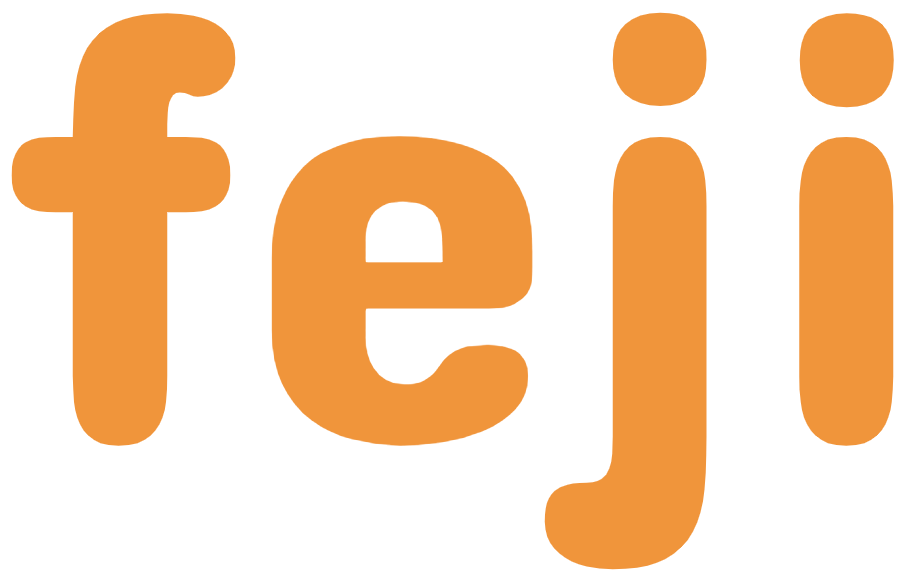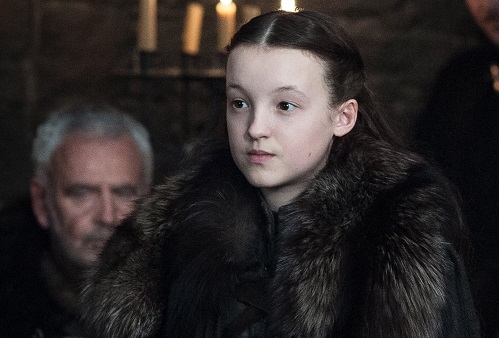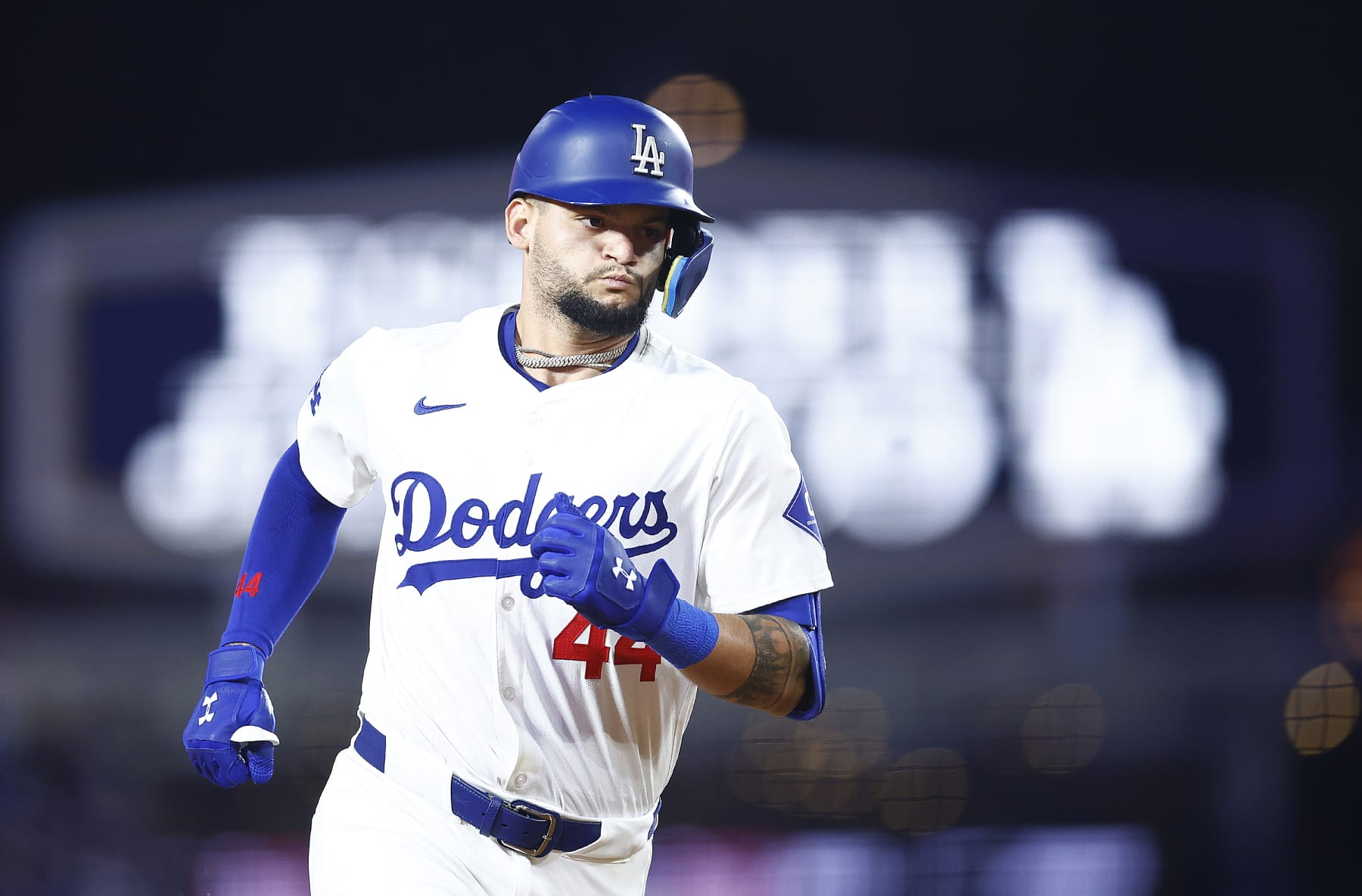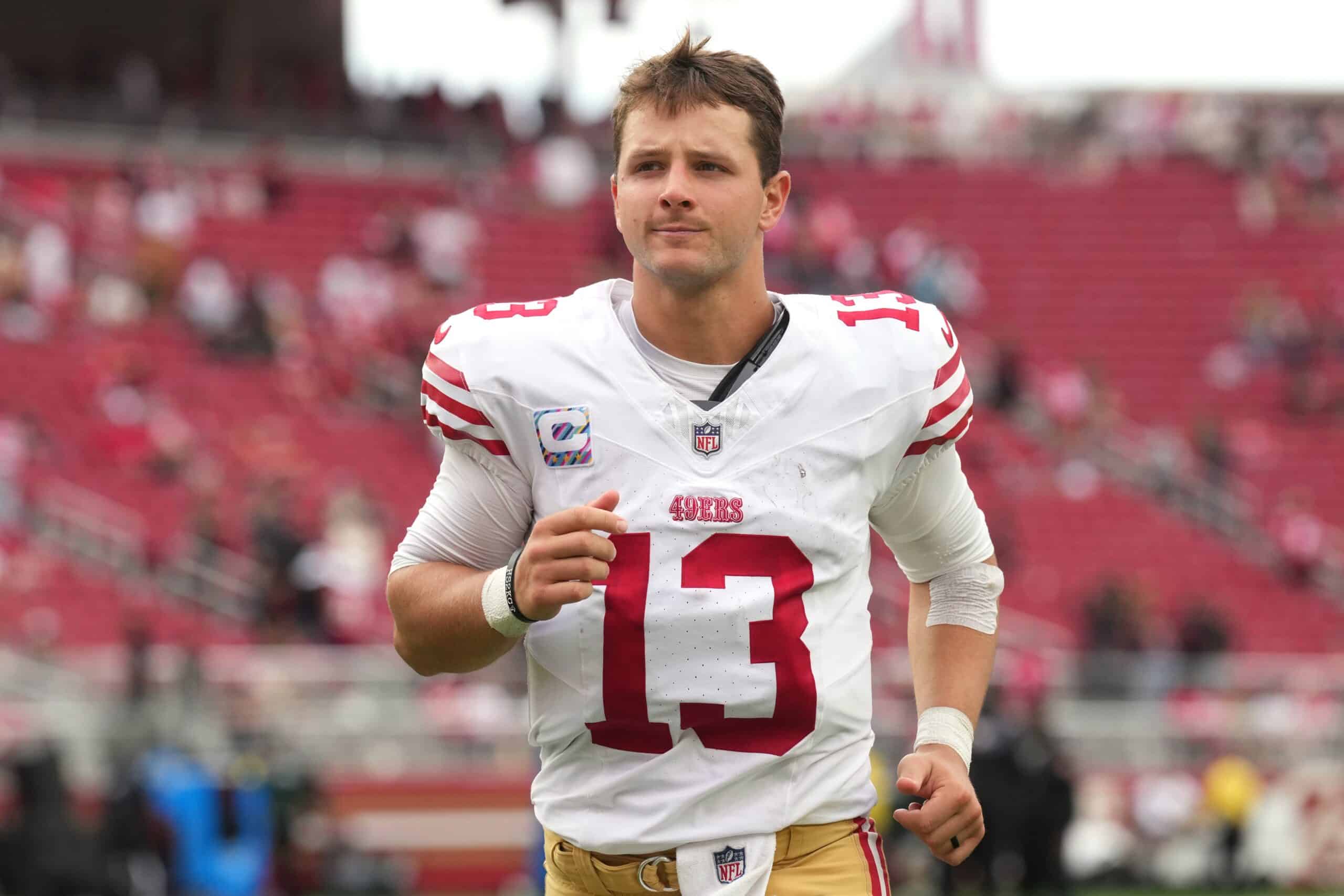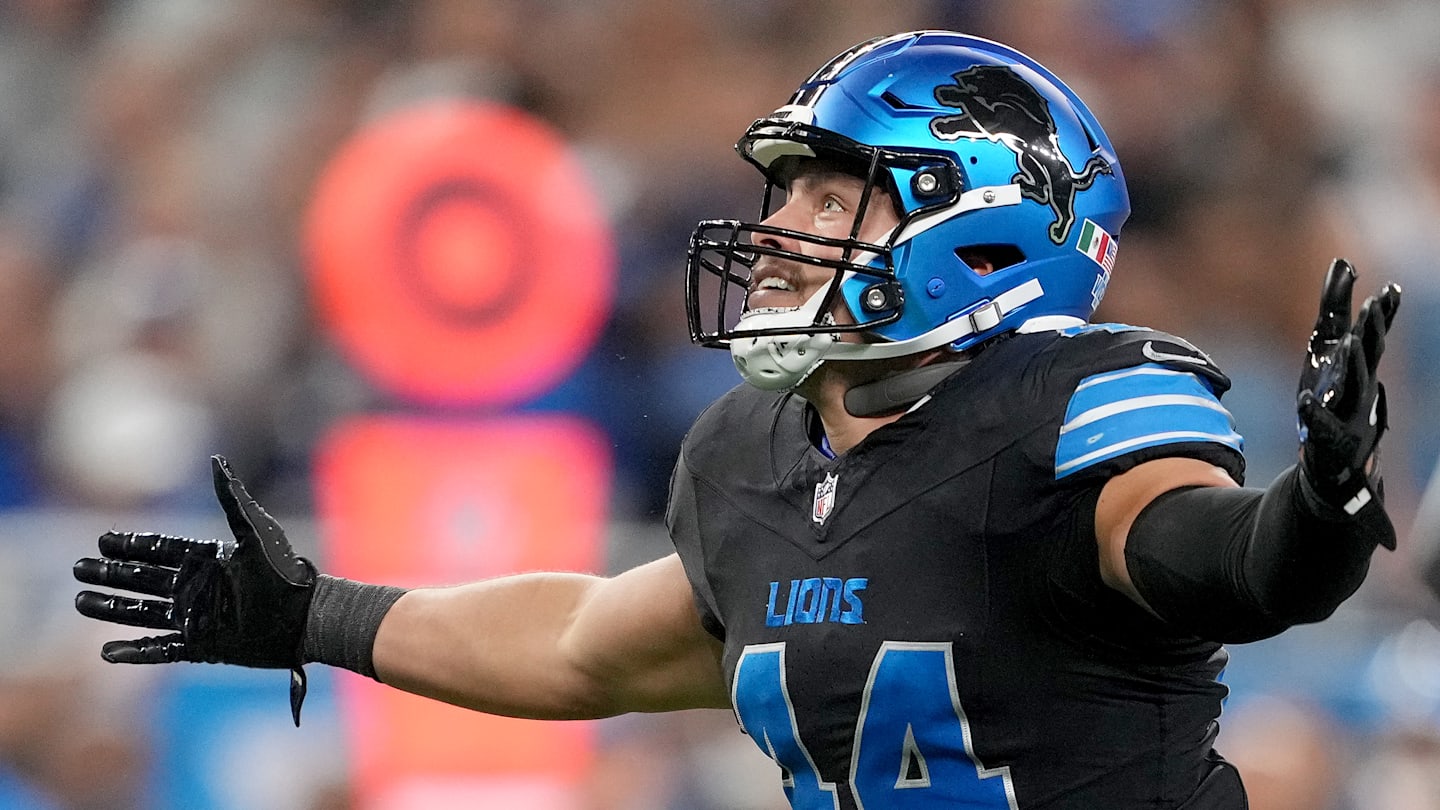Browns Out on Trade Talks for $32 Million Wide Receiver: Report
The Cleveland Browns make sense as sellers ahead of the NFL trade deadline, but reports coming from one insider indicate they prefer to buy.
Cleveland (2-5) could use a true No. 1 wide receiver given how stagnant the offense has been, both with
“The 2024 Pro Bowler has yet to score a touchdown in seven games and is on pace for just 624 yards,” Gagnon wrote. “That would mark the worst healthy season of the 26-year-old’s career.”
One trade target a couple of Cleveland-based radio hosts floated is New York Jets star wideout Garrett Wilson. However, Mary Kay Cabot of Cleveland.com shut down those reports/rumors on Saturday while reporting that the Browns do, in fact, want to add ahead of the November 4 deadline.
“It won’t be Jets receiver Garrett Wilson, because the Jets undoubtedly won’t part with him after they just signed him to a four-year extension in July worth $130 million, including $90 million guaranteed,”
Wilson, 25, has earned $32 million total through the first four years of his NFL career.
Browns Tied to Garrett Wilson Interest by Cleveland Radio Personalities

GettyNew York Jets wide receiver Garrett Wilson.
It wasn’t just social media stirring the pot with regards to a Wilson/Browns trade, but also the “The Tony Rizzo Show” on ESPN Cleveland.
Rizzo and his guest host “Chopz” said on October 22 that they heard Cleveland’s front office was looking into Wilson’s availability.
“There’s a lot of wide receiver chatter out there with the Browns, and [general manager Andrew Berry] is sniffing around,” Chopz said. “Garrett Wilson’s name is popping up right now. … That seems like such an Andrew Berry move, because Garrett Wilson seems to be on the outs in New York because they have a new regime.”
Browns Likely to Consider Less Splashy Trade Targets Than Garrett Wilson, Particularly Considering QB Situation

GettyCleveland Browns quarterback Shedeur Sanders.
Wilson would represent a monster swing at this juncture in the Browns’ roster reconstruction, with rookie QBs in Gabriel and
Should neither of them set himself apart, Cleveland may use its first-round draft pick to pursue a signal-caller in a solid class of rookie QBs headed to the league in 2026.
But there is something to be said for procuring an elite No. 1 option to help whatever young player ends up becoming the Browns’ next franchise quarterback, particularly if that player is in his mid-20s and under contract through 2030 like Wilson is.
However, Cabot said Saturday it is more likely that Berry and the Browns will look for potentially less flashy additions, albeit meaningful ones of a particular type.
“They would like to land another key player or two like they did cornerback
Cubs Face Crucial Decision On Shota Imanaga’s Contract — Breaking Down The Options
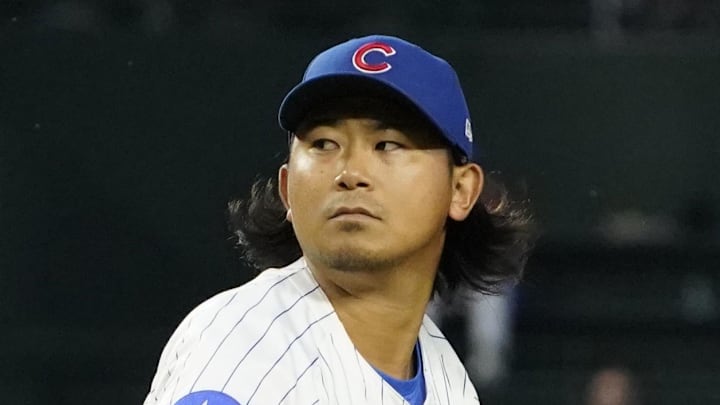
When the Chicago Cubs signed Shota Imanaga, the top line of the deal was four years and $53 million. But the deal is about as creative as one could imagine.

No, it’s not Shohei Ohtani creative. But this offseason does represent a real fork in the road for Imanaga and the Cubs, a franchise the former Japanese star wanted to play for so much that he stealthily slipped into Chicago before Cubs Con in 2023 to get a feel for the city before he signed the deal.
Now? He could end up being a rich man or a free agent. It isn’t just about the money. It’s about Imanaga’s future and whether he’s a fit for the Cubs for what could be the next three years. Chicago won’t have much time to make that decision after the World Series, either.
Shota Imanaga’s Contract Paths
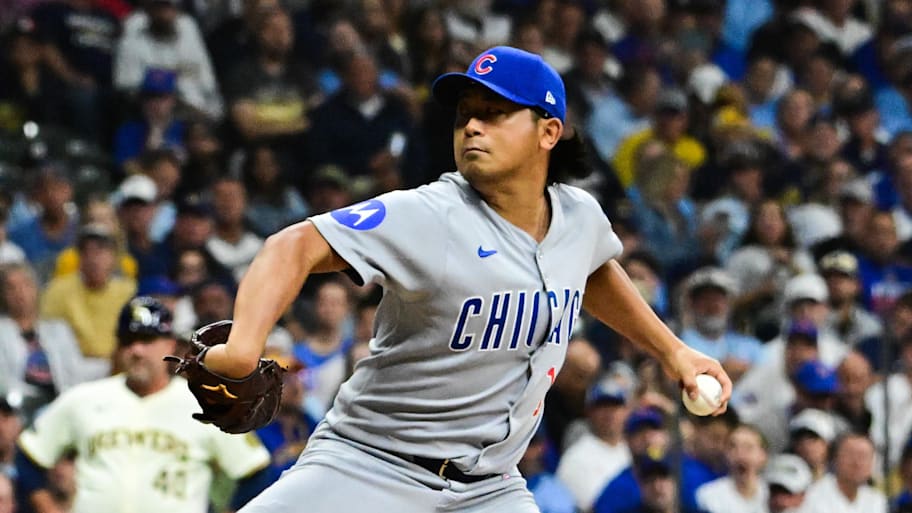
Benny Sieu-Imagn Images
As presented by Jordan Bastian at MLB.com, the easiest thing the Cubs could do would be to trigger a club option to keep the left-hander. But it isn’t an ordinary option. Most contract options are year-to-year. This option, as written into the deal, is a three-year option. If Chicago triggers it, then it’s tied to Imanaga for three more seasons at a cost of $57.75 million.
That means the Cubs are comfortable with tying themselves to the 32-year-old for three more years. On paper, that works. He is 24-11 with a 3.28 ERA in 54 starts since he joined Chicago in 2023. But he’s spent time on the injured list both seasons, and he’ll be 35 at the end of the deal. The Cubs may not be comfortable with the money and his age.
If the Cubs aren’t comfortable, perhaps Imanaga is? By declining the option, the Cubs then put the lefty’s future in his hands. He would then have a one-year option that is worth $15.25 million. If Imanaga wants to stay at that cost, he can do so.
But it also triggers a different option for the Cubs. After the 2026 season, the three-year option would become a two-year option for Chicago, and the process would repeat.
That might be a good middle ground for the Cubs. But Imanaga may feel he’s worth more on the open market. Plus, by entering the market he would compete with San Diego’s Michael King, Houston’s Framber Valdez and San Diego’s Dylan Cease for the top free agent starting pitcher on the market.
The final option is both sides declining the option. In that case, the Cubs do have one final arrow in the quiver — the qualifying offer. Teams are allowed to make a qualifying offer to impending free agents. This year the QO is an estimated $22 million. Imanaga can take the money or turn it down. But, if another team signs Imanaga, then Chicago gets draft pick compensation.
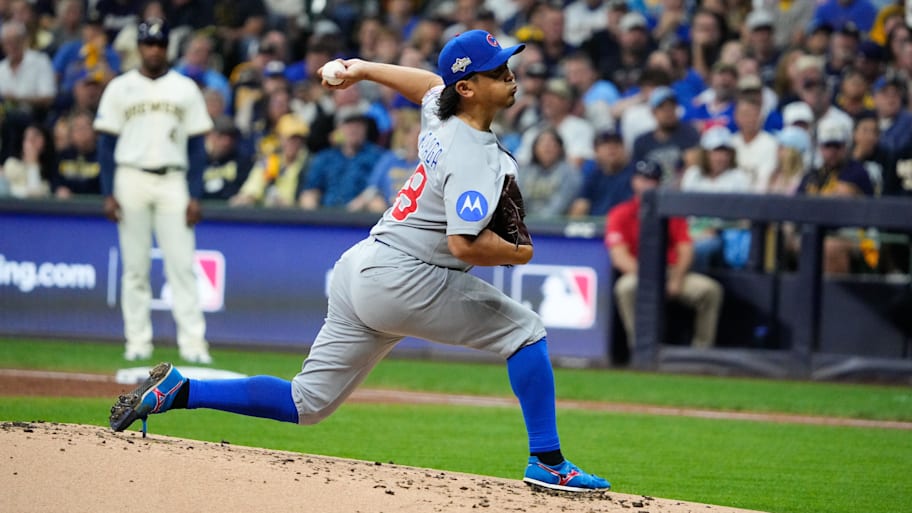
Right now, Chicago has Matthew Boyd, Jameson Taillon, Cade Horton and Javier Assad under contract. That is four-fifths of a starting rotation. Imanaga would complete it before the Cubs even hit free agency.
But that’s the question. Do the Cubs want Imanaga? Does Imanaga want the Cubs if they don’t trigger the option? Soon, the Cubs will have to figure that out.
